Public link notes
Overview
WEBCON BPS 2023 introduced the option to make a workflow instance accessible for an external user using a link. This is extensively documented in this post.
Since there’s already such extensive documentation, which has been updated over time, I want to provide a short overview of the features and my learnings.
Even so WEBCON renamed the license to ‘Single-use access’ I will use public link in this post. This term is a lot easier to write. :)
Basic information
- You need to activate this feature on process level
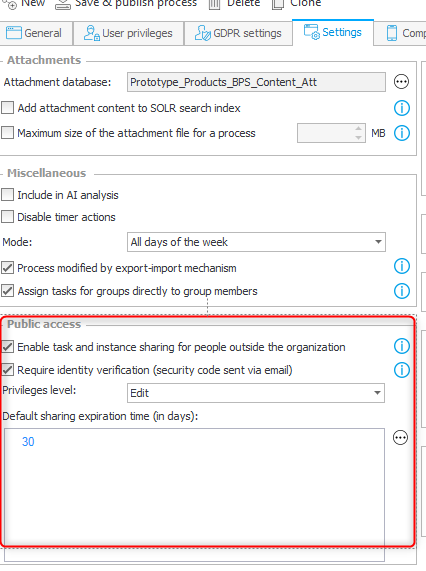
- You can configure an email template on the system settings level
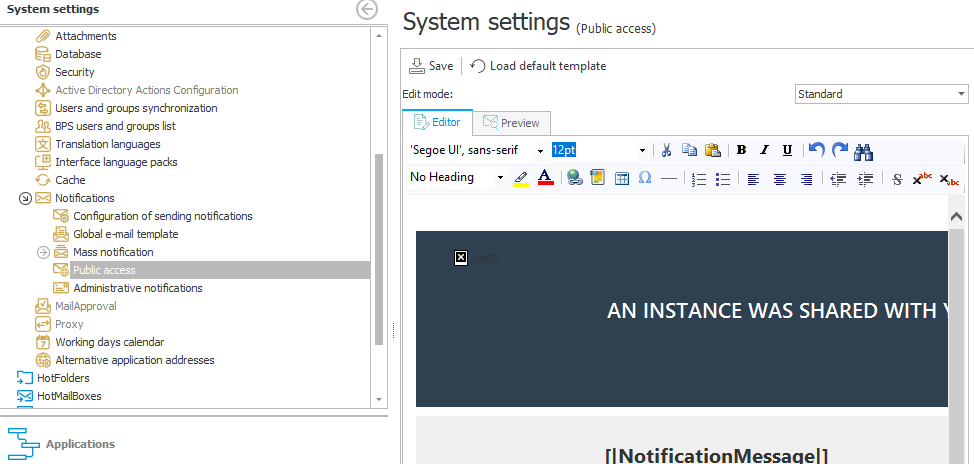
- Instances can be shared with read or edit privileges
- Can be created on demand by the user using the BPS Portal
- By actions in these triggers:
- On entry
- On exit
- On timer
- On browser opening
- Menu button
- On path
- Upon instance saving
- Tasks can be shared
Can only be created using actions in these triggers:- On entry
- On exit
- On path
- Upon instance saving
- A link can be secured with a code, which will be sent to the mail address
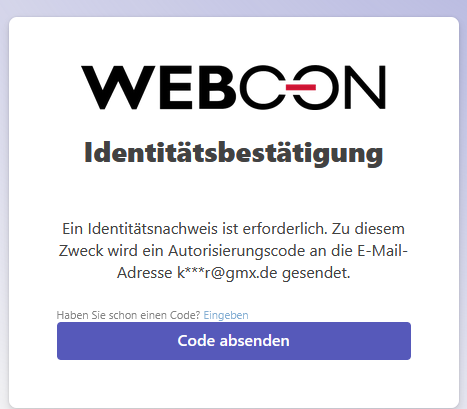
- The users access the workflow instance with a temporary user account
- this type of user cannot
- delegate tasks
- or share tasks and instances with others.
- They are also restricted from accessing certain options, including
- administrative tools
- History
- deleting instances
- or starting new ones.
- this type of user cannot
- If a path transition is triggered the privileges are reduced to read, and the link will expire after 1 year by default. Obviously, I haven’t tested this. ;)
Findings
Related to user experience
- While both options allow the editing of a workflow instance, only the task option does support executing paths.
In this example a path was made available as a quick path (right side). This path is not available in the left browser, even so it was opened with a link granting edit privileges.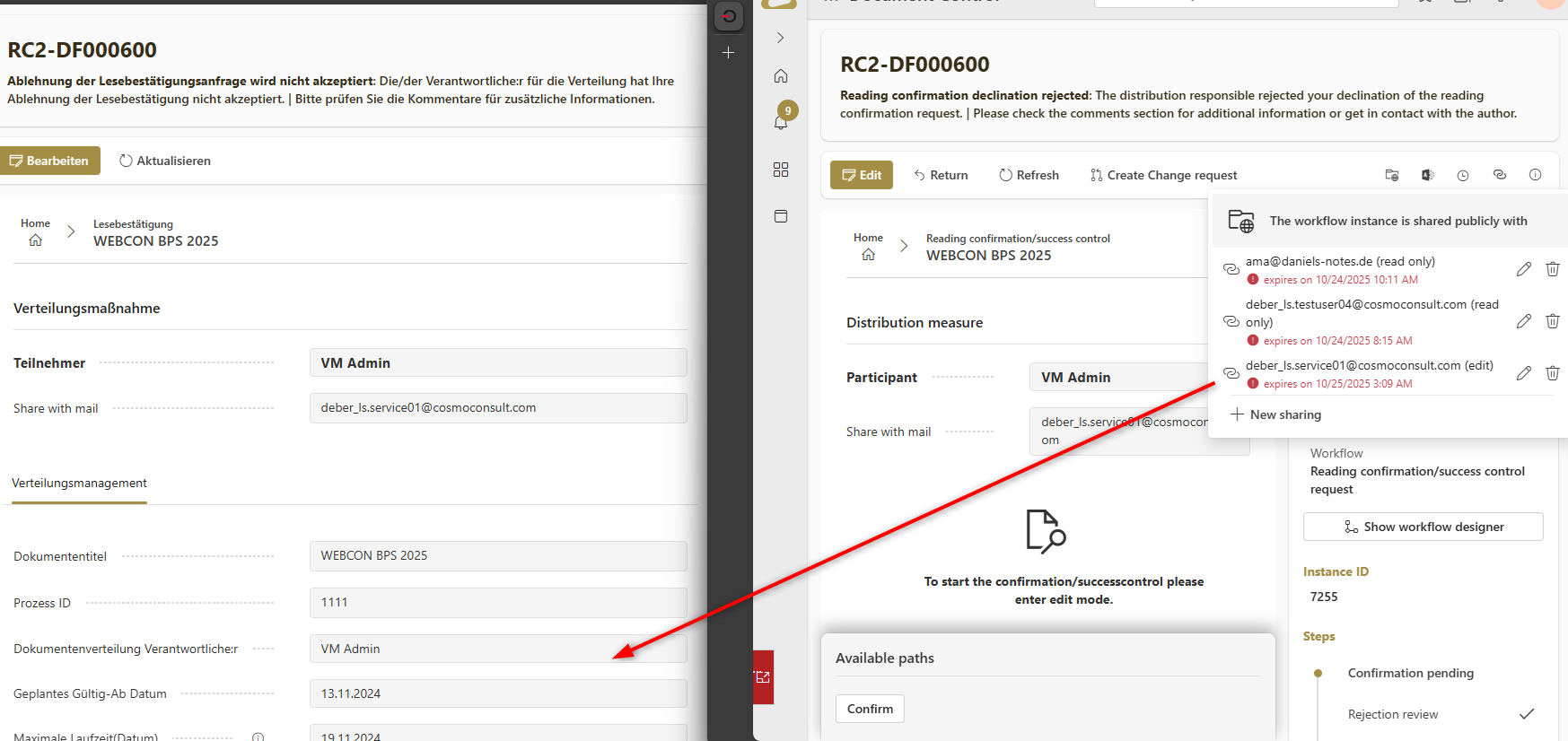
Quick path is not visible for a user with a shared link, even with edit privileges. - You can upgrade the privilege level of an existing link from
read onlytoeditusing the UI but there’s no action for it. Sending a new link will expire the old one, as far as I noticed.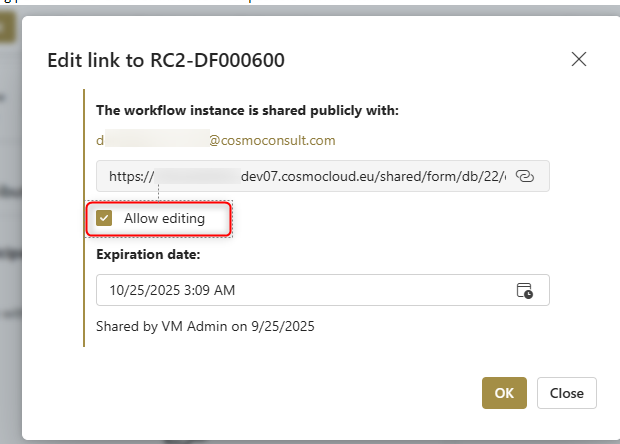
- Different errors depending on how access is removed
- Due to expiration
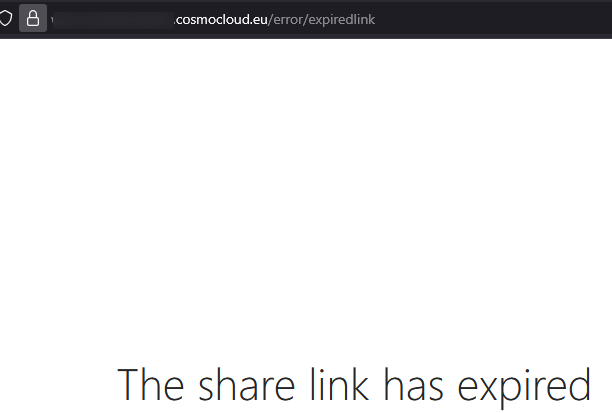
User friendly error message, when the link expires. - Removing the shared link
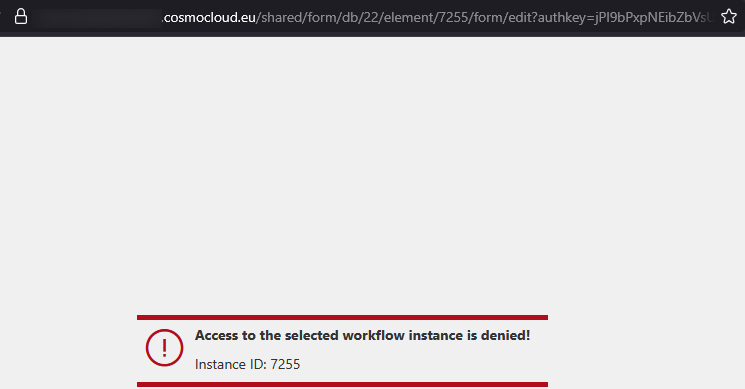
I would have preferred a more user friendly message, especially for external users.
- Due to expiration
- No access to related information, it’s a temporary user
The upper part of the screenshot shows theAll attachmentstab, but this is empty for the temporary user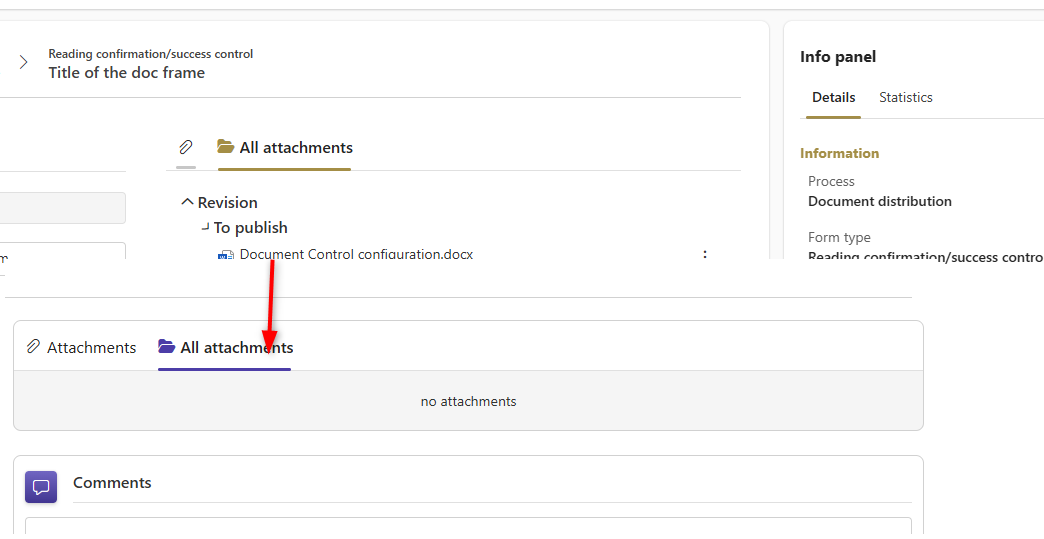
- Interface language depends on the browser configuration
- The instance is checked out like in other situations
- If you want to have multilingual text in the mails, you need to use business rules with the
Textfunction.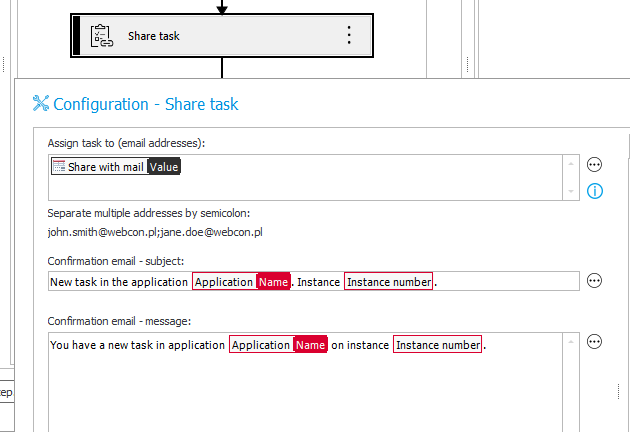
There’s no translation options for these mails. - The
Is embed defaulttheme is used
- Some of my JavaScripts are likely to fail, because the internal WEBCON BPS endpoints are accessed without the
authKeyparameter.
License consumption
- Separate counts for each environment
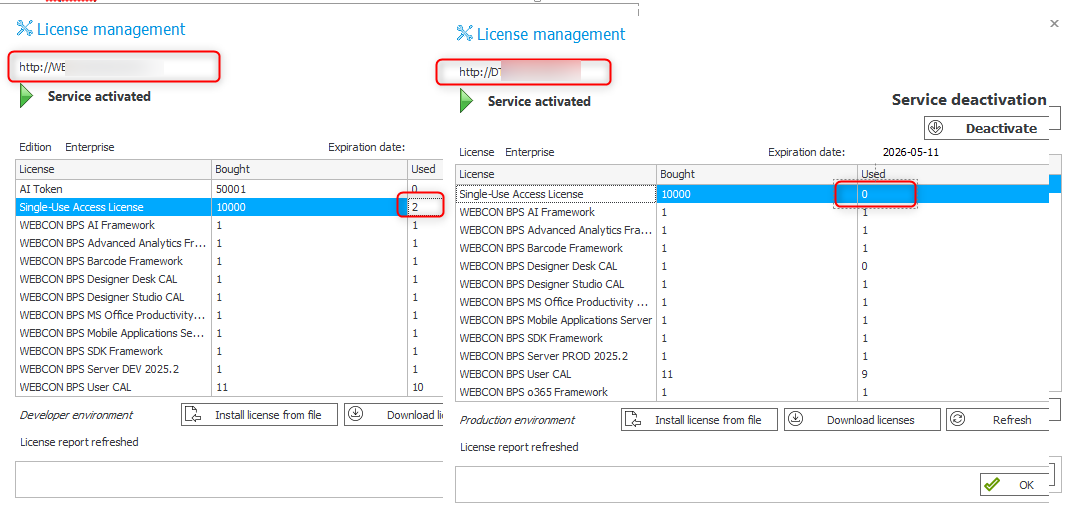
- Consumption occurs when a link was used to edit an instance. Viewing did not increase the
Usedcount. - Ping pong with shared tasks
- First task, license is consumed
https://hostname/SharedInstanceAuthCode/db/22/Index?authKey=Tjr2t1-4Zkqz892Pabzo4A - Second task, no license is consumed, it’s the same link
https://hostname/SharedInstanceAuthCode/db/22/Index?authKey=Tjr2t1-4Zkqz892Pabzo4A - A new credit is consumed each calendar month
It doesn’t matter if it’s a shared task or link. It’s also not important if the link had been generated just a day before.
- First task, license is consumed
Security
- No access to attachments of other workflows
- History cannot be accessed, the modified URL is ignored

- Removing the element id from the URL triggers a user authentication
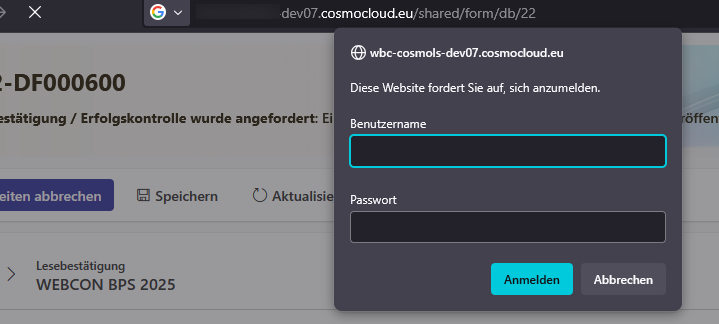
- The temporary user account is unique for each share/link, even for the same workflow instance
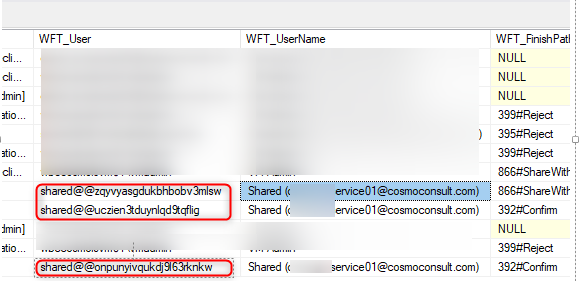
- We cannot grant any privileges to this shared user
The shared users account has a different syntax which is neither supported by the action nor can it be used in the UI to add privileges using the admin mode.

- Changes are displayed in history
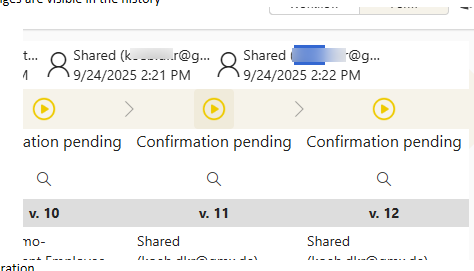
Deployment mode/ e-mail redirection
The deployment mode configuration is also used for public links.

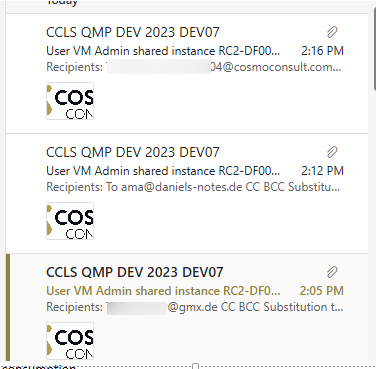
Comments